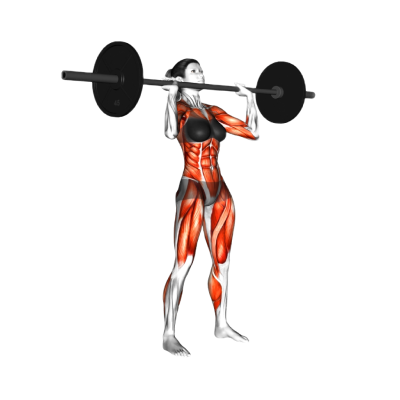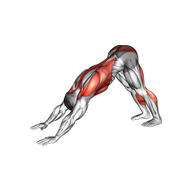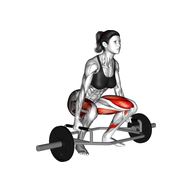What is a Seated Calf Raise?
The seated calf raise is a strength-training exercise that targets your soleus muscle, specifically. This lower leg muscle (along with your gastrocnemius) makes up your calf. The soleus is a deeper, postural muscle that helps you stay stable when you’re upright. Seated calf raises usually involve sitting on a machine and using weighted resistance against your thighs that you drive up and down as you lift and lower your heels. Over time, this helps to grow size, strength, and calf stability.
How-to Do Seated Calf Raise
- Sit on a seated calf raise machine. Position the balls of your feet on the platform and allow the arches and heels to extend off. Position the pads just above your knees.
- Release the lever and grasp the handles on either side.
- Raise your heels as high as comfortably possible by flexing the calves and extending your ankles. Squeeze and hold.
- Slowly return to the starting position.
Muscle Worked
Primary Muscle Groups


Calves
The calves are the muscles at the back of the lower part of your legsPro Tips
- Focus on the Stretch: At the bottom of each rep, pause for a moment and try to “see the stretch” in your soleus muscle. Using visualization helps you mentally activate your muscle's full length so it can grow optimally.
- Heel Squeeze: When you reach the top of this movement, think about squeezing your heels together. Creating a mental cue for yourself can make the muscle contraction feel more intense and even recruit your deeper muscle fibers for a stronger calf raise.
Equipments
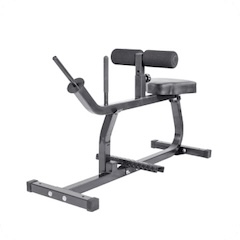
Seated Calf Raise Machine
Seated calf raise machines let you build up the calf muscles while remaining seated for stabilityBenefits of Seated Calf Raise
- Soleus-Specific: Unlike its sibling, the standing calf raise, the seated calf raise isolates your soleus muscle, with the gastrocnemius doing little to no work to assist. Soleus exercises are great exercises for hypertrophy to work the muscle that is more active when you bend your knees. Standing calf raises, on the other hand, work the gastrocnemius along with the soleus and help support your calf muscles’ integrated function.
- Ankle Mobility: If you want to do a mobility test for your ankles, stretching and contracting your calves in seated calf raises is a great way to build up ankle flexibility and range of motion. This translates directly to running, jumping, and any other exercise involving dynamic lower-body movement.
Alternatives
The following exercises target the same primary muscles using different equipment:
Warm Up & Cool Down
Warm Up
- Ankle Circles: Sit or stand and roll your ankles in one direction for 10–15 seconds, then switch. This warms up the ankle joints and calf muscles.
- Toe Walks: Walk on your tiptoes for 20–30 steps to stimulate your calf muscles. This wakes your calves up and gets them activated for seated calf raises.
- Dynamic Calf Stretches: Step one foot behind you and shift your weight, rocking back and forth, driving your movement from the calves. This is a great way to introduce the flexibility and mobility you’ll need for a seated calf raise.
Cool Down
- Seated Calf Stretch: Sit on the floor and hook a towel or band around the balls of your feet. Slowly pull your toes toward your body. Hold this stretch for 20–30 seconds to stretch out the backs of your legs.
- Calf Foam Rolling: Roll out your calves on a foam roller, applying light bodyweight pressure for 1–2 minutes. This helps improve blood circulation in your muscles.
- Downward Dog Pose: Ground your weight onto all fours, then send your hips up and back, driving your heels toward the floor (you can keep a bend in your knees if you need to). Pedal out your feet. This stretches your calves and hamstrings to release post-workout tension.
FAQs


Get fit with Flex
Build muscle & lose weight fast for free.
Download for Free
Available on iPhone + Apple Watch

